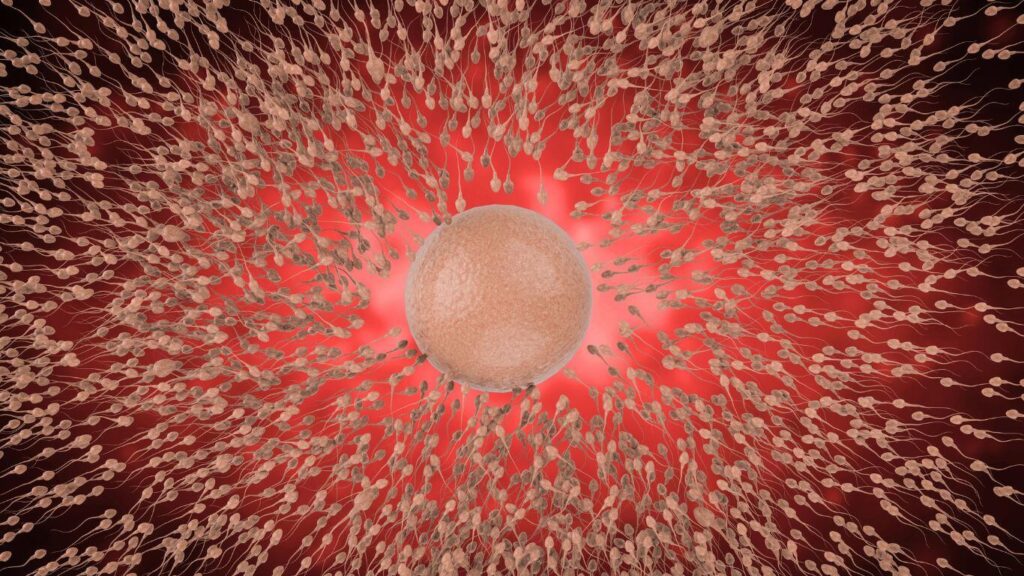Assisted Oocyte Activation
“Empowering Eggs for Higher IVF Success Rates”

Assisted Oocyte Activation (AOA) is a specialized technique used in the In Vitro Fertilization (IVF) process to enhance fertilization. AOA is particularly helpful in cases where traditional methods may not be sufficient to initiate the fertilization process, ensuring the oocyte (egg) begins its development after sperm injection.
Understanding Assisted Oocyte Activation
Assisted Oocyte Activation (AOA) mimics or enhances the natural biological process of oocyte activation. This process is crucial as it triggers the oocyte to begin dividing and developing into an embryo. AOA often involves the release of calcium ions, which plays a key role in activating the oocyte post-fertilization.
Various techniques are used in AOA, including:
- Calcium Ionophore Treatment: A chemical method that uses calcium ionophores to stimulate calcium release in the oocyte.
- Electrical Stimulation: A physical method where an electrical pulse is applied to initiate oocyte activation.
- Mechanical Activation: A manual technique where physical manipulation is used to mimic fertilization triggers.
The choice of method depends on the patient’s needs and specific clinical protocols.
Who Needs Assisted Oocyte Activation?
AOA is particularly beneficial for:
- Patients with sperm-related fertilization issues, where sperm may struggle to activate the oocyte.
- Couples who have experienced previous IVF failures due to poor fertilization rates.
- Those dealing with male factor infertility or unexplained infertility.
AOA is not required for every IVF cycle. Its use is typically reserved for cases where fertilization issues are identified, or where there is a history of failed fertilization. Fertility specialists will determine whether AOA is appropriate based on the individual circumstances of each patient.
How Does Assisted Oocyte Activation Help Couples Undergoing IVF?
The primary advantages of AOA include:
- Improved Fertilization Rates: Especially in cases of previous failed fertilization attempts, AOA can significantly increase the chances of successful fertilization.
- Enhanced Embryo Development: By ensuring proper activation, AOA can lead to healthier embryo development and increase the chances of a successful pregnancy.
While AOA offers many benefits, there are potential risks, including:
- Over-Stimulation: Excessive activation could lead to abnormal embryo development.
- Long-Term Outcomes: There may be concerns about the long-term effects of AOA on the resulting embryos, and ethical considerations may arise.
How is Assisted Oocyte Activation Performed?
The AOA process typically involves:
- Oocyte Retrieval: Eggs are retrieved from the ovaries.
- Application of Activation Methods: Depending on the chosen method (e.g., calcium ionophore treatment), the oocytes are stimulated to trigger activation.
- Monitoring: The oocytes are closely monitored to assess the success of the activation and subsequent fertilization.
Preparation for AOA includes selecting the appropriate chemicals or devices, such as ionophores or electrical stimulators. The embryologist plays a critical role in ensuring that the procedure is performed safely and effectively, with precise timing being crucial for success.
Demonstration of Assisted Oocyte Activation
In practice, AOA is performed in an IVF laboratory where embryologists carefully apply the chosen activation method to the oocytes. The success of the activation is monitored through microscopic examination, ensuring that the oocytes respond as expected.
Couples should discuss AOA with their fertility specialist to understand its role in their treatment. It’s important to ask questions and be informed about what to expect when AOA is part of the IVF process, including potential benefits and risks.
Recent Evidence on Assisted Oocyte Activation
Recent studies have shown that AOA can significantly improve fertilization rates, particularly in cases of previous fertilization failure. This research supports the use of AOA as a valuable tool in modern fertility treatments.
Advancements in AOA techniques, such as improved calcium ionophore formulations and refined electrical stimulation methods, continue to enhance the effectiveness of AOA. Ongoing research is likely to further improve success rates and refine the procedure.
Schedule a Consultation

Visiting Chambers
∇ Ankuran IVF Clinic, Shaila Towers, 3rd Floor, Sector V, Kolkata, WB 700091
∇ Fetomat Foundation – Pregnancy Care & Infertility Clinic, CD 2, CD 3, Ground Floor, Sector – 1, Salt Lake, Kolkata-700064
∇ M S Polyclinic & Diagnostic Centre, 12/1, Lindsay St, near Khadya Bhawan, Esplanade, Kolkata, West Bengal 700087
Contact Details : +91 – 9123690179, ✉️ Dr.RanaMondal@gmail.com
